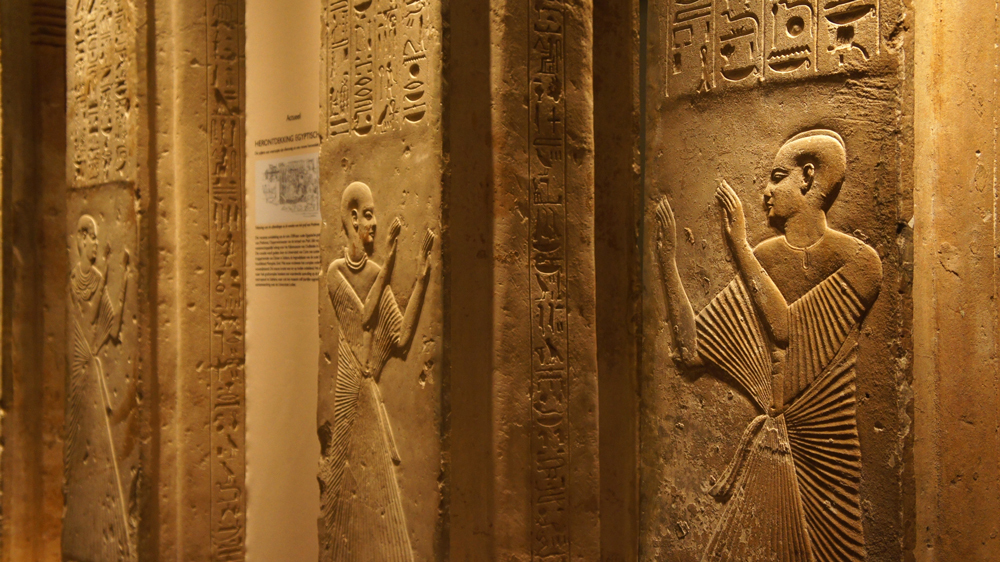The item is about 3,200 years old
By Diego Flammini
Staff Writer
Farms.com
If aged cheese is of interest to you, archaeologists may have uncovered the ticket for you.
Researchers discovered a “solidified white mass” during a dig of the tomb of Pthames, a mayor in the ancient city of Memphis, Egypt during the 13th century BC. They examined the mass and found it’s actually 3,200-year-old cheese.

Tomb of Pthames
Ancient Egyptians filled tombs with things they felt were necessary in the afterlife – including cheese and other food items.
“The material analyzed is probably the most ancient archaeological solid residue of cheese ever found to date,” Dr. Enrico Greco, a professor from the University of Catania in Italy, said in an article published in the journal Analytical Chemistry.
“We know it was made mostly from sheep’s and goat’s milk, but for me it’s really hard to imagine a specific flavor,” he told BBC News Saturday.
A cheese historian, though, provided some insight into the product’s characteristics.
The ancient cheese could be similar to chevre, but with a “really, really acidy” bite, Paul Kindstedt, a professor at the University of Vermont, told the New York Times Thursday. Kindstedt studies the chemistry and history of cheese.
“It would be high in moisture; it would be spreadable,” he said. “It would not last long; it would spoil very quickly.”
Researchers continue to run tests on the cheese to determine if it also contained an early source of a bacterial illness?
They found traces of bacteria in the cheese that contribute to brucellosis, which comes from consuming unpasteurized dairy products. If those results are accurate, it would be the oldest evidence of brucellosis ever discovered.
Brucellosis can cause fever, sweating and muscle aches.
University of Catania and Cairo University photo